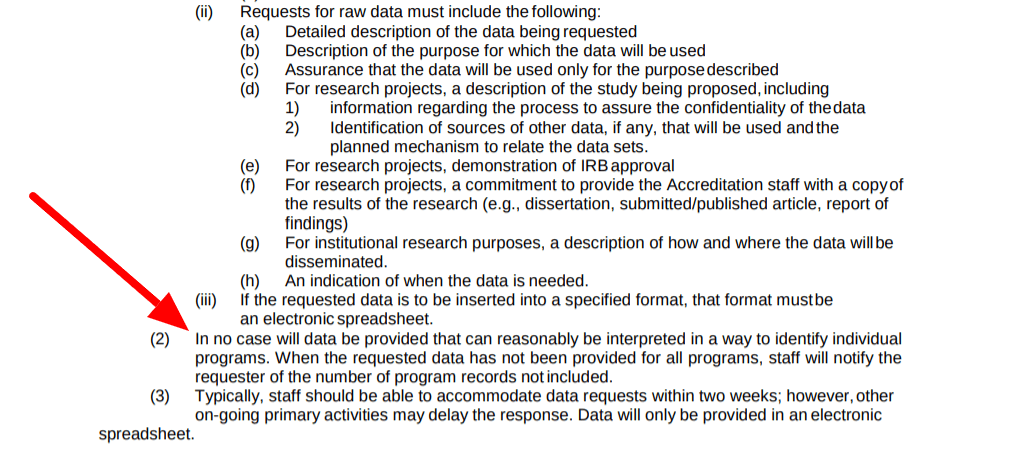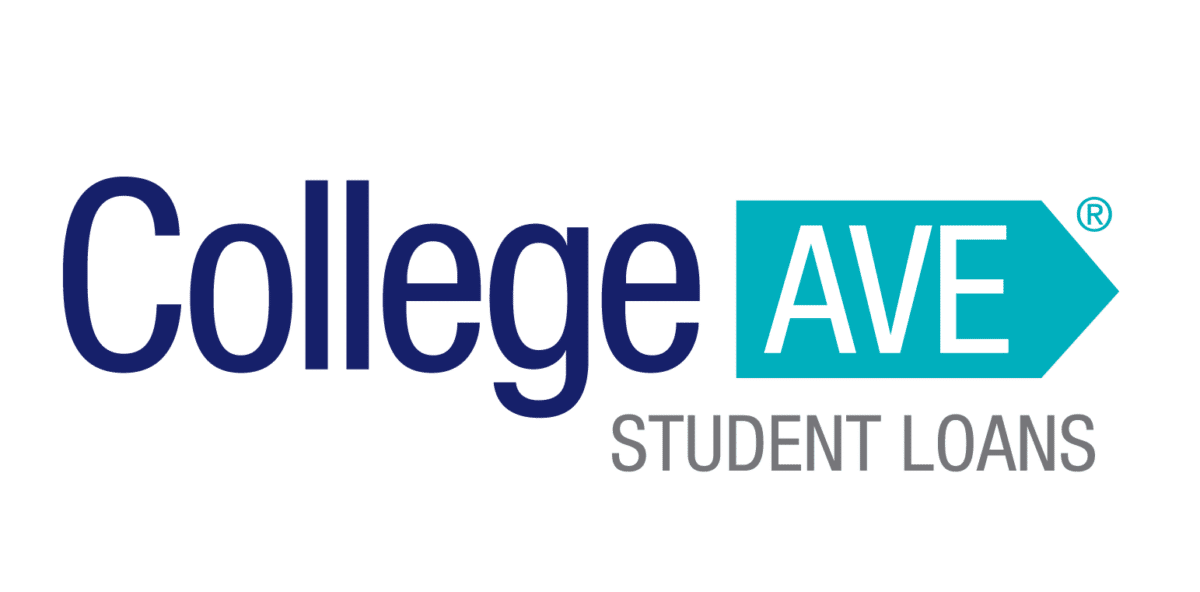Here at Student Loan Planner®, we love helping borrowers find the best repayment strategy for their student loans. But we also love helping you avoid student loans in the first place and encourage students to go to their financial aid office and obtain financial aid information. We also help provide admission costs for various health care professions like physical therapy.
That’s why we evaluate school data for some of the most expensive degree programs to help you find the most affordable school. Whether you’re looking for the cheapest medical schools, cheapest law schools, or cheapest dental schools, we’ve got you covered. But we wanted to help prospective physical therapy students find the cheapest physical therapy schools, too.
We’ve written previously that the average physical therapist faces a massive student loan burden. So it made sense to us that aspiring physical therapists would want to know where the cheapest physical therapy schools were located and what physical therapy department would offer student financial aid and affordable enrollment.
Unfortunately, we discovered that finding the cheapest physical therapy school wasn’t going to be as straightforward as we hoped. Higher education physical therapy organizations offer poor transparency into the true costs of physical therapy programs. Here’s what we found and what you need to know.
CAPTE physical therapy school cost data is anonymous
If you google “cheapest physical therapy schools,” you’ll find no shortage of articles and lists. But when you look at the methodology section of these lists (if you can find one), you’ll see that none of them are based on an objective data set.
I expected that most of the top articles would base their rankings on data provided from an official accreditation group — like the Commission on Accreditation in Physical Therapy Education (CAPTE).
But that wasn’t the case. And I found that strange.
I decided to go to the CAPTE website myself to find the data. But instead of finding the school-specific tuition data that I needed, I could only find an aggregate data source.
The 2019-2020 CAPTE aggregate data program sheet said that the average Doctor of Physical Therapy (DPT) program tuition in 2022-23 was $23,271 per year for public schools and $41,949 per year for private institutions.
This was a good start. But I wasn’t looking for an average. I wanted to know which schools were the most affordable and which were the worst for your wallet.

Digging deeper
Because I was hitting a dead end on the CAPTE website, I decided to reach out to them myself. I called their data request department and asked if they had the data we were looking for.
Their answer? “Yes, we do. But if we choose to give the data to you, we’d need to de-identify each school first.”
Later, I discovered that this is, in fact, CAPTE’s written data request policy.

So CAPTE was willing to give us the cost of each school … but only after wiping each school’s name.
Not very helpful.
We decided to move forward with the request anyway. Incredulously, a little over a week later, I received this email from their data specialist.

Why wouldn’t they provide us with the de-identified data? Who knows. One thing is for sure: CAPTE works very hard to keep school-specific DPT program tuition data from being openly accessible.
Get Started With Our New IDR Calculator

Other programs are expensive — but at least they’re upfront
Physical therapy school isn’t the only professional degree field that’s known for being expensive. But at least others are transparent about the cost of individual schools.
For instance, the American Dental Association (ADA) publishes its Survey of Dental Education each year. The Association of American Medical Colleges (AAMC) releases its medical school Tuition and Fees Report on an annual basis as well.
And if you want to compare law school costs, the Internet Legal Research Group releases new tuition data each school year.
So it’s not like CAPTE is just following standard protocol here. And the saddest part is that CAPTE has the data; they’re simply choosing to not disclose it.
To put it in plain English, CAPTE prioritizes the protection of its schools over the best interest of prospective physical therapy school students.
Doctorate degree requirements raise physical therapy school cost
So why is CAPTE choosing to take a different position on publishing tuition data compared with other accreditation boards like the AAMC and ADA?
Perhaps one of the motivating factors is the fact that CAPTE has continued to make it more difficult to become a physical therapist. It all began in 2000 when the American Physical Therapy Association (APTA) released its Vision 2020 guidelines. In these guidelines, APTA said its goal was for all physical therapists to hold doctorate degrees by 2020.
And CAPTE has helped make this vision a reality. In 2002, CAPTE began refusing to accredit any physical therapy school programs that did not include at least a master’s degree program. And, as of 2016, CAPTE no longer allows schools to offer master’s degrees to new students. Instead, doctorate degrees are required.
More education, more debt
In the last 20 years, a physical therapist’s education requirement has jumped from a bachelor’s degree to a master’s degree and now to a doctorate.
How has that affected the average student debt for physical therapy school students? According to Evidence in Motion, one of the PT industry’s largest providers of post-professional education, more than half of physical therapy grads will end up with more than $70,000 in debt. And more than one-third will owe more than $100,000 in student loans. Even if you qualify for financial aid or a scholarship, you could still end up in a lot of student loan debt from a physical therapy program.
Compare those numbers to the average student debt for bachelor’s degree grads, which is currently just under $30,000. So by requiring an advanced degree with additional semesters in school and adding to the academic year, the physical therapy “powers that be” are costing students an extra $40,000 to $70,000 (or more) in student debt. And DPT students are losing out on three years of earnings as well on top of increased expenses.
Have doctorate degrees increased physical therapist salaries?
So, have these new requirements had a significant impact on physical therapist salaries? That doesn’t appear to be the case.
In 2005, the average physical therapist made $65,350 per year. In 2020, the median physical therapist pay is $91,010 per year according to the Bureau of Labor Statistics. That’s an increase of more than 25%.
But the average wage for all American workers has increased a little over 40% during that same period. And the median physical therapist salary is below the median weekly earnings for professional and doctoral degree graduates as a whole ($97,968 and $94,900, respectively).
Does that mean that you shouldn’t pursue a career in physical therapy full time? Not necessarily. The good news is that the average physical therapist does make more than the average master’s degree grad. And physical therapists still tend to have a high degree of job satisfaction, according to Evidence in Motion.
If you’re careful with your finances and choose a smart student loan repayment strategy, a career in physical therapy could still work out financially. But you’ll definitely need a good plan.
Related: Physical therapist salary: Is it worth debt?
How to find the cheapest physical therapy schools
In lieu of CAPTE providing school tuition data, how can you find the cheapest physical therapy schools (apart from going to all 250 DPT school’s websites)?
One idea is to start with the accredited schools in your state. Many public universities charge cheaper tuition rates for residents or state students, so you’d have that working in your favor. And visiting the website of a dozen or so schools is more realistic than 250.
Although that’s a good holdover strategy, DPT students deserve to be able to compare the tuition costs of all 250 CAPTE-accredited schools in one place. That’s why our team at Student Loan Planner® is working to compile the tuition data from each school ourselves.
Hopefully, you’ll soon be able to identify the cheapest physical therapy schools in the U.S. without having to jump through hoops. In the meantime, it may be worthwhile to ask CAPTE to reconsider its position on only providing de-identified tuition data.
And if you’re already dealing with physical therapy school debt, one of our Student Loan Planner® consultants would love to help. We’ve helped dozens of physical therapists build a comprehensive student loan plan. Book your consultation today.
| Lender Name | Lender | Offer | Learn more |
|---|---|---|---|
| Sallie Mae |
Competitive interest rates.
|
Fixed 4.15 - 15.49% APR
Variable 5.37 - 15.70% APR
|
|
| Earnest |
Check eligibility in two minutes.
|
Fixed 4.39 - 16.49% APR
Variable 5.62 - 16.85% APR
|
|
| Ascent |
Large autopay discounts.
|
Fixed 3.79 - 15.86% APR
Variable 5.99 - 16.10% APR
|
|
| College Ave |
Flexible repayment options.
|
Fixed 3.99 - 17.99% APR
Variable 5.59 - 17.99% APR
|





Comments are closed.